When people arrive at the vehicle they get welcomed by a fully prepared vehicle. This warm welcome continues into the vehicle where is users will be personalised welcome and can await their ordered “upgrades”. The rear-seat display creates anticipated excitement through images and things that await along the journey. Furthermore, the entertainment-system democratised the digital aspect within the vehicle and gives everyone access to music, the route and enables people to discover aspects of their surrounding and destination.
In addition, it enables and triggers interaction between people in the vehicle by giving an overview of when the journey becomes interesting and when highlights will appear. This wave-form highlight curve at the top of the interface gives all users something look forward to. It also makes the journey appear and feel shorter by having small highlights distributed throughout the journey.
These highlights can be architectural, historical or nature highlight outside. The system will offer more information around the highlight if requested. By designing intentionally friction into the interaction of having people not knowing what will be next it triggers social interaction and people might discussion and rumour around that.
Furthermore, the system gives all passengers in the vehicle tools, which were usually restricted to the driver, to create a more social and collaborative experience.
During the user research, people often told that typically when a passenger made a discovery outside during the journey they were already past the spot when they could react and look out of the window. Generally, there is just a short amount of time to see and explore anything outside during the speed of the vehicle. Therefore Xplore explores the idea of travelling in time and empowers people to control their environment.
This approach leads to “The Window of the Future” which is based on a TOLED (Transparent-OLED) which enables people to turn from a transparent window to a virtual experience whenever they want. By using the “TimeDrive-Controller” the users can stop the moment and are able to go back in time to take a closer look at what they just passed.
This works by using the data and content of the cameras that face outside and enables autonomous driving capabilities of the vehicle. This content can not just be used to enable autonomous driving functionality but also for an innovative experience like travelling in time.
It even allows you to experience slow motion, take a photo/video or travel into the future by using camera content from other vehicles. It was important to have a physical and not digital element to control this interaction.
The tactile element allows the user to focus on the outside, scenery and view and they can control the interaction without looking at their hands. Another insight from the user research was people often complain that they forget things they discovered. This can range from a restaurant to an impressive architectural building. The window enables people to bookmark what they discover by pushing the “TimeDrive” downwards which gets synchronised with the app and can be shared.
It was important to remove friction in this interaction and create a direct physical element to enable the interaction. Another insight that was driving concepts around the discovery aspect was that people are generally interested in their surrounding
but lack the information to get enough context.
The Xplore window acts as an Augmented Reality platform on which other developers can design experiences. The user can choose from a selection of locally available experiences, for example, Yelp, National Geographic or Wikipedia. The user testing revealed that just a little information and story elevate the view experience - often from not relevant to very exciting and surprising. This approach enables education and is ultimately providing a platform for immersive storytelling and connecting people closer to their context.
The bookmarks and journey documentation can be accessed through the mobile companion after the journey. Digital media will be disturbed to all passengers and can be shared on social media. Bookmarks can be explored and people gain the chance to get more information and educate themselves around interesting spots they saw during the journey. By having a common channel to interact this also makes it easier to share highlights within the group. Besides manual recorded content the window also records content automatically in interesting spots and fills a storybook with automated documentation videos.


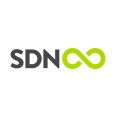
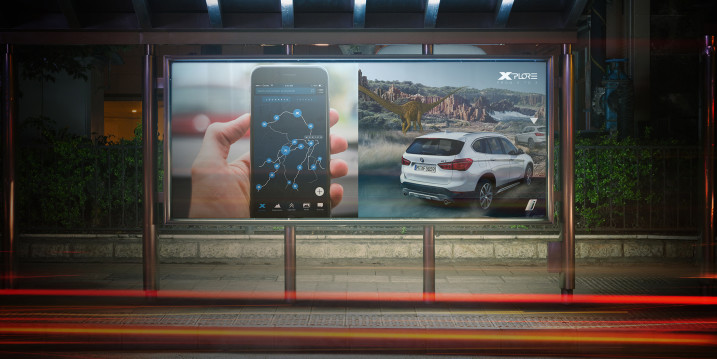
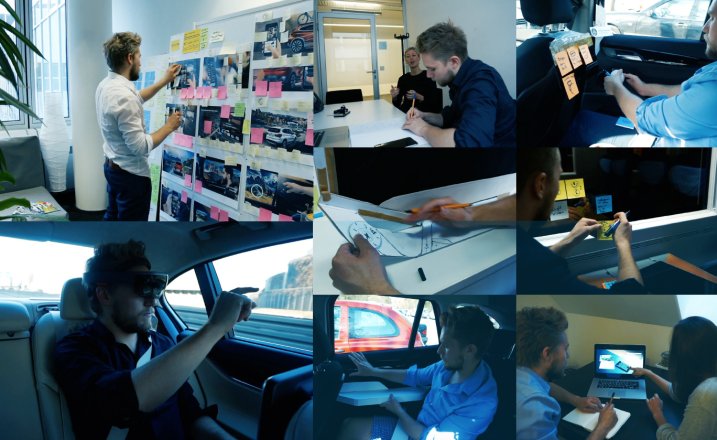
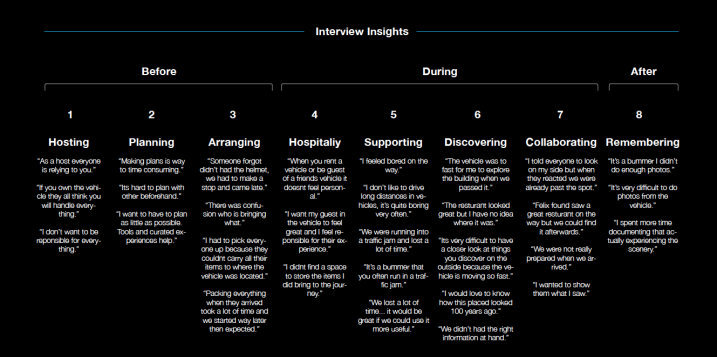
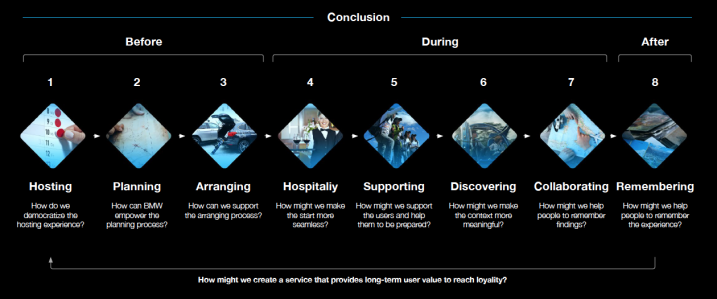
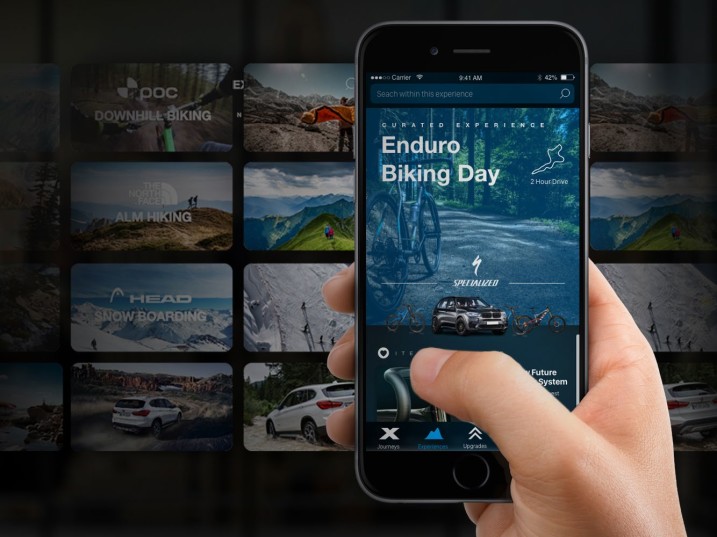
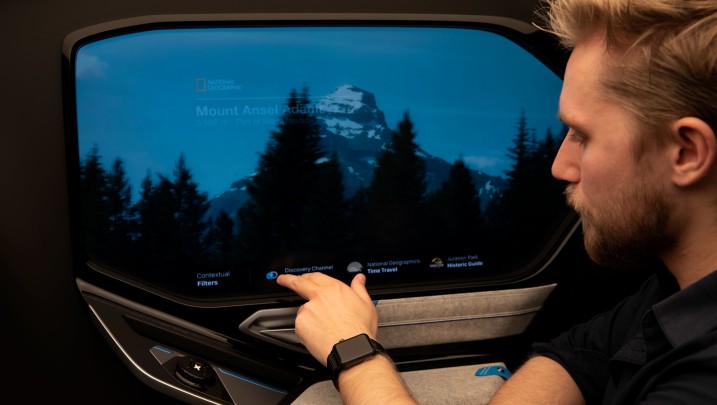
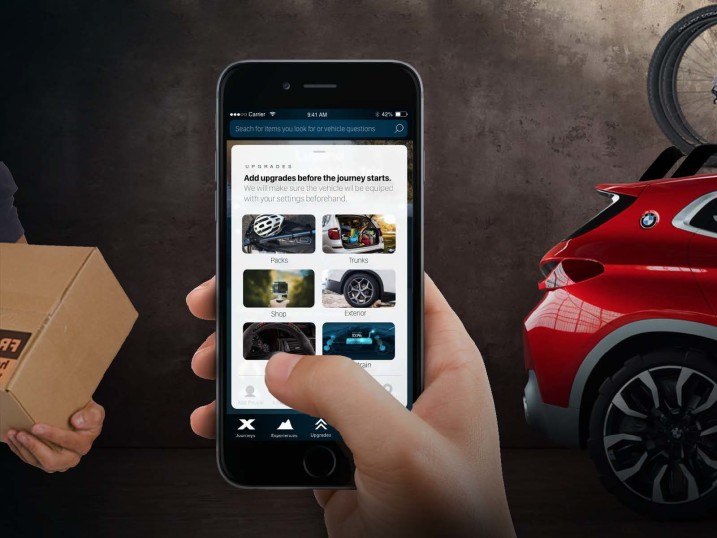
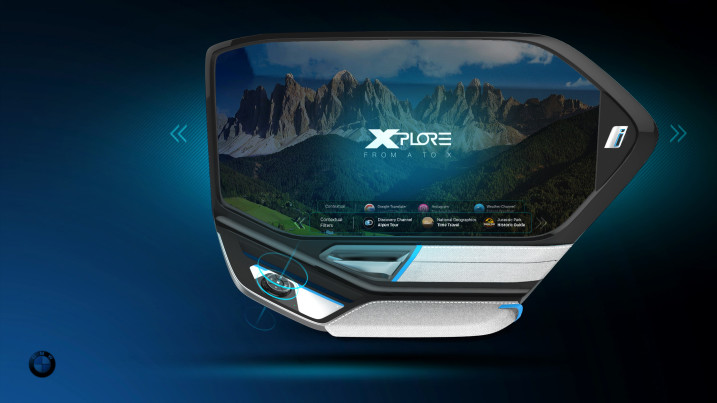
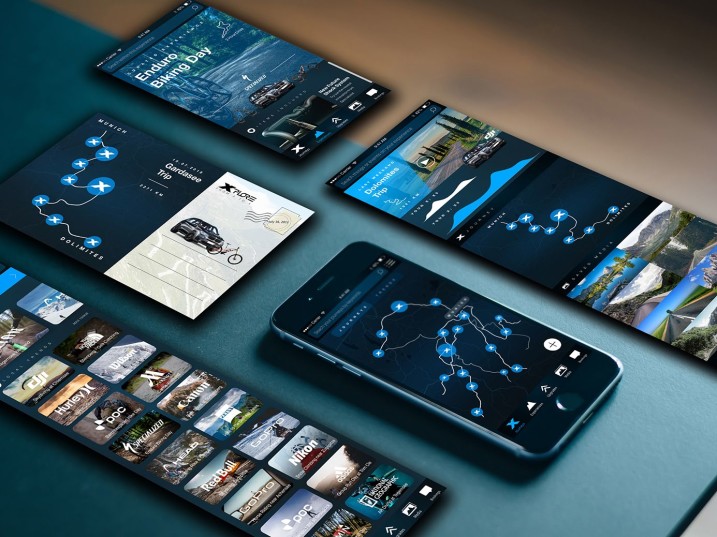
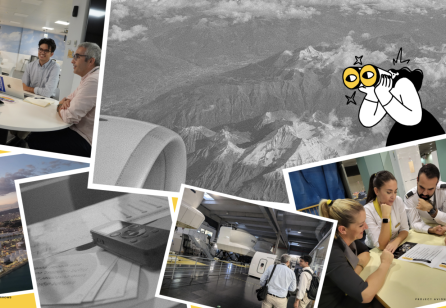
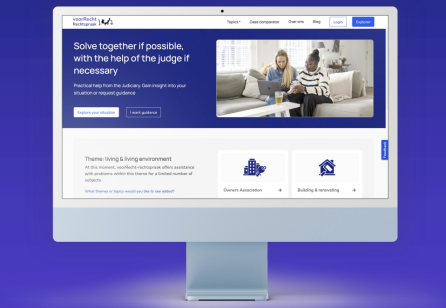
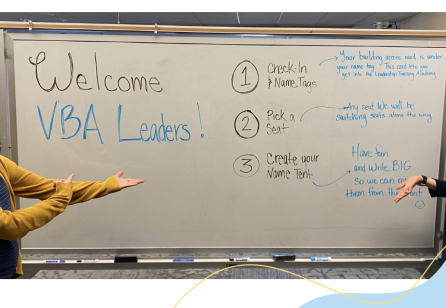
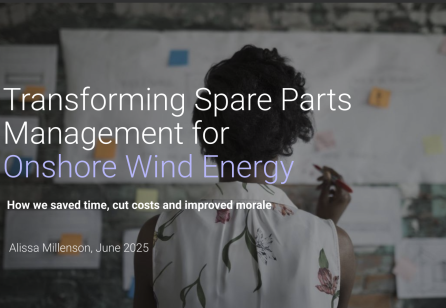

Share your thoughts
0 RepliesPlease login to comment